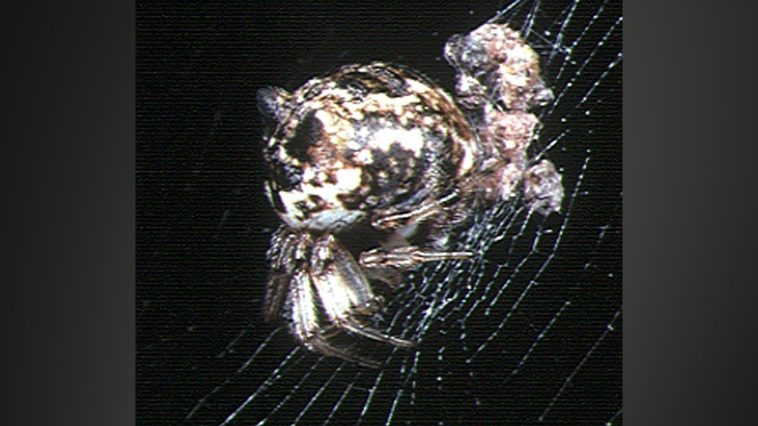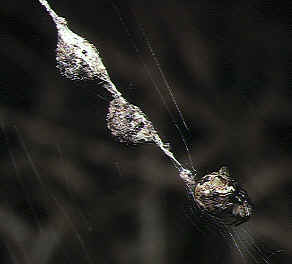
While spiders commonly decorate their webs with ornaments, this unusual species actually builds elaborate decoys of themselves out of insect matter and debris.
Part of the genus Cyclosa, these spiders are found in the Peruvian Amazon and the Philippines. They have been observed collecting dead insects, plant matter, and debris to construct large, spider-like decoys on their webs. Not your traditional ornament, these decoys are often anatomically correct, possessing a head, abdomen and up to eight legs.
While many animals try to confuse predators by becoming masters of disguise, scientists think these spiders are actually trying to attract predation, an unusual and fascinating concept. Cyclosa species that create decoys of similar size and color may actually get attacked more often, but it is the decoy that suffers the brunt of the attack, leaving the real spider safe and sound.

“The Philippine species and the Peruvian species, they both make these decoys, but the architecture is different,” said entomologist Lary Reeves to Wired. The Peruvian decoy’s legs tend to have a consistently downward direction while the Philippine spider creates decoys with legs splaying out in all directions.
Scientists have long been trying to answer the question of why spiders decorate their webs, and with the complex theory of decoy-building added to their repertoire, there is probably not a single, simple answer.
“I think that the functions of web decorations might be very diverse and differ from taxa to taxa. Different spiders seem to decorate their webs for different reasons,” biologist I-Min Tso states to BBC Earth.
Watch the video below to see this spider in action:




